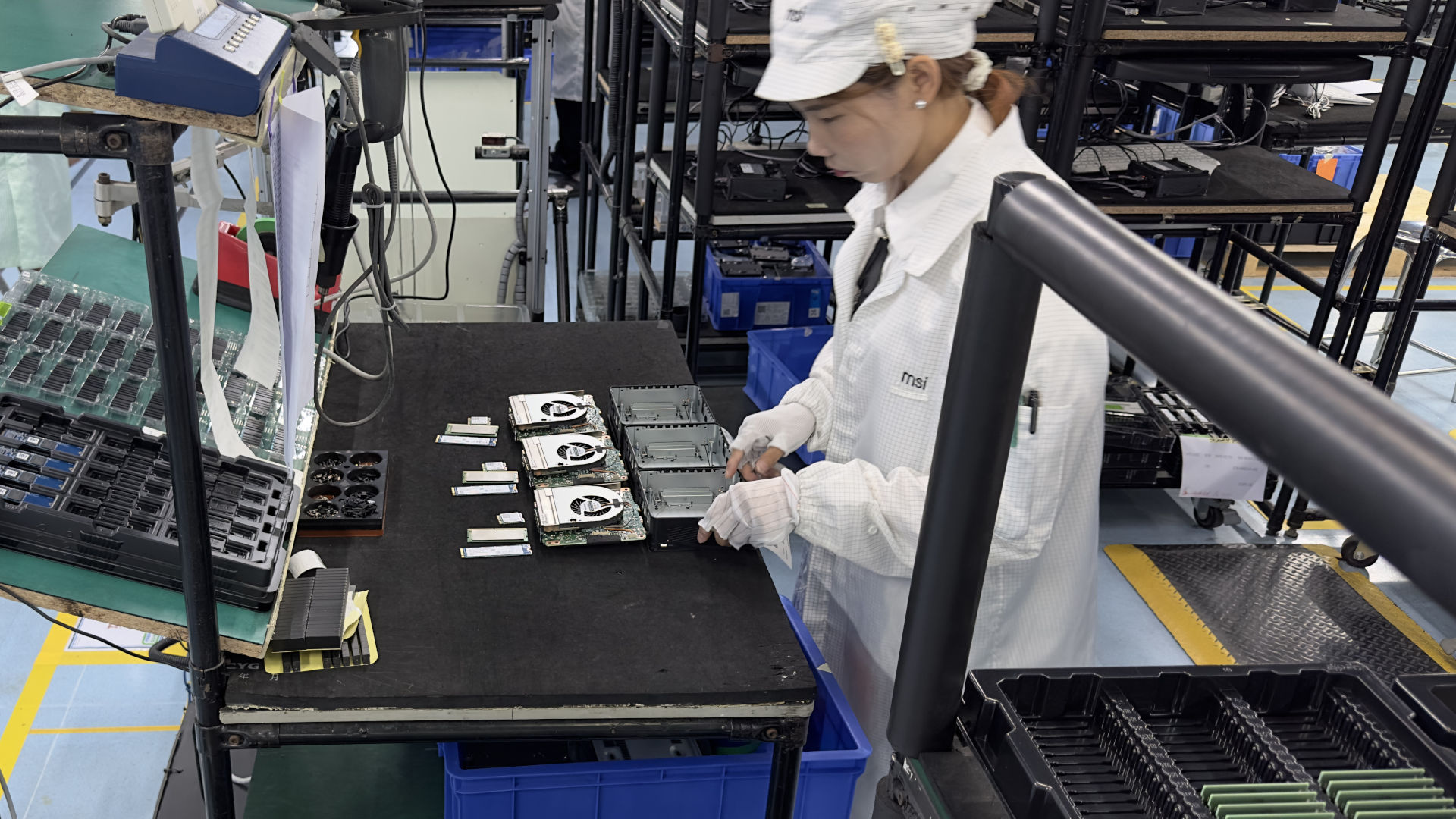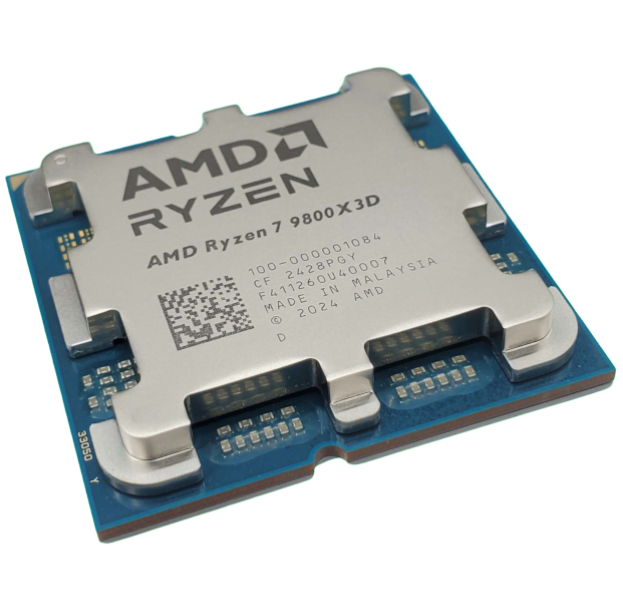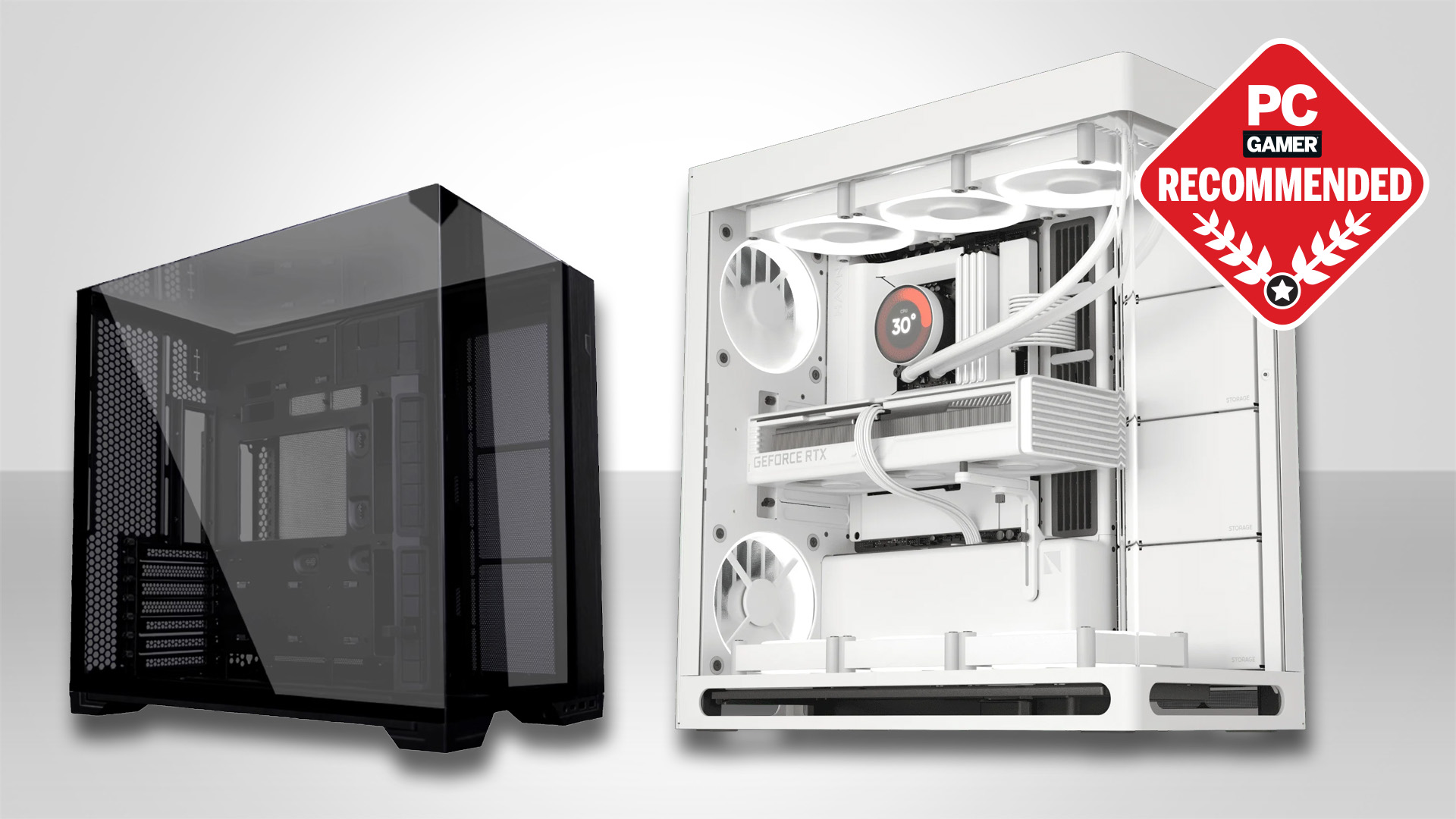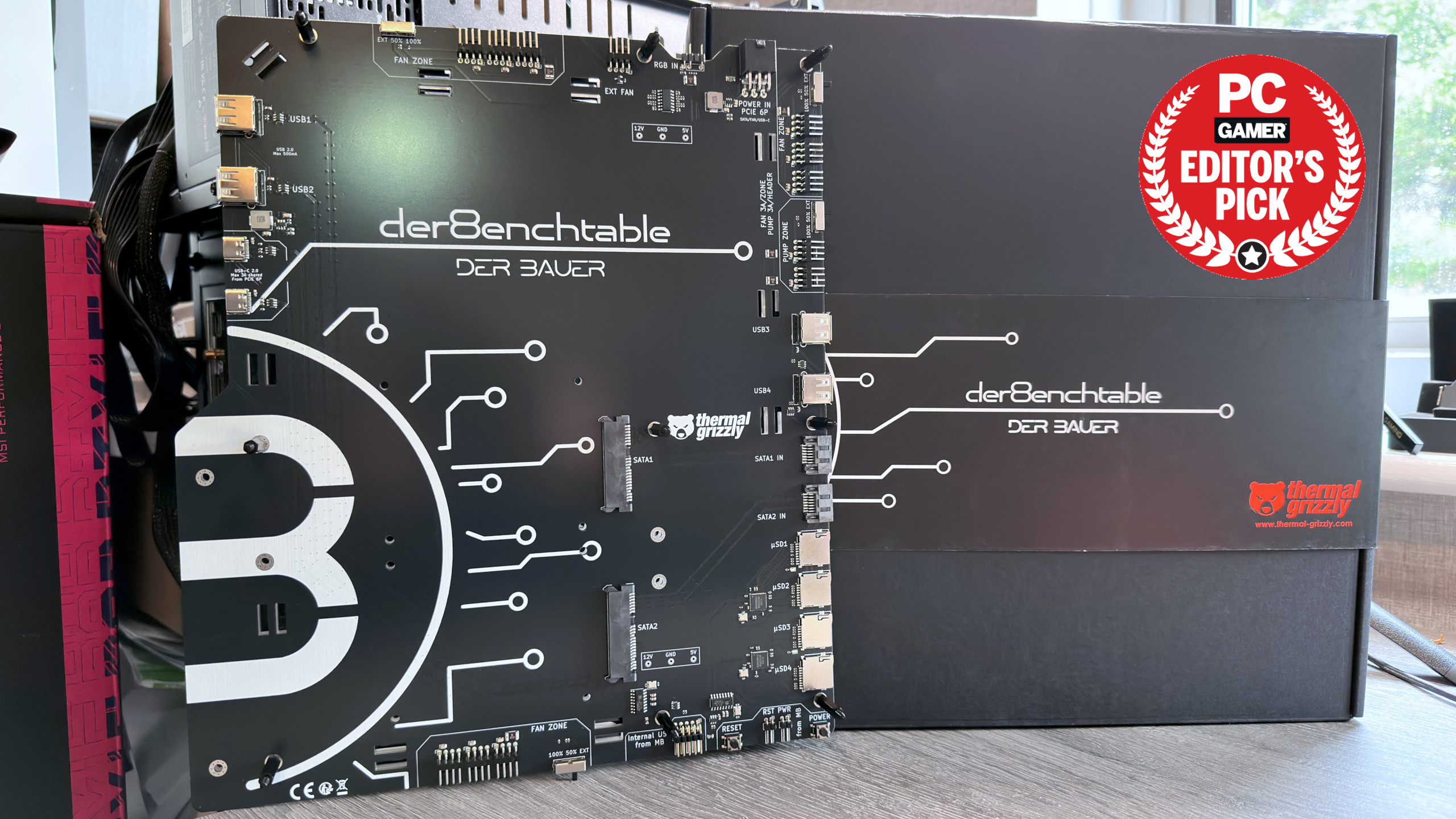You might be surprised to learn that while robots and other machines are vital for making a top-end CPU air cooler, there's still a lot of it that's handmade
In fact, a great deal of your gaming PC has been made by hundreds of people.
With a background of teaching engineering for many years, I love watching videos about manufacturing, especially those that involve complex robotics. But one video I stumbled across this morning reminded me just how much of a modern gaming PC is still handmade, and it also just happens to be a very relaxing watch.
It's one of many such clips that YouTube channel SatisFactory Process (via Reddit) has on offer, as it focuses almost exclusively on footage of China's best manufacturing facilities. The specific video in question is that of DeepCool's main production facility in Beijing, showcasing how some of its premium CPU air coolers are put together.
The most significant use of machinery is for the manufacturing and installation of the copper heatpipes that are common to most of today's coolers, be it for a CPU or graphics card. These are made from scratch, entirely on site, which is the norm for PC parts that involve a lot of metal. In contrast, the circuit board in your graphics card, for example, is generally made by a third-party company.
Where people become more directly involved is in the stage where the vapour chamber plate is prepared for bonding to the heatpipes. A laborious, manual process is required to apply the protective film and solder paste before the plate gets passed on to be attached. You might think that such tasks would be easily done by machines, but as I learned at my visit to MSI's Shenzhen factory, the fiddlier the task, the better humans are at doing it.
For example, in the DeepCool production line, machines churn out hundreds of motors for the fans, but it's a line of people who solder connecting wires to them. By the time the line reaches the point where the fans need to be added to the heatsink, the machines have all but gone, and it's just a long line of workers testing, sticking, and fixing it all together.

This is true for a great many components inside your gaming PC, or in the case of some rigs, almost the entire thing. If you have a NUC or handheld computer, all of the internals will have been added by hand. All of the electrical components on a motherboard or graphics card PCB are inserted by robots, but connectors, brackets, clamps, and so on are handled by people.
And when it comes to testing and packaging, that's all 100% human-powered.
Keep up to date with the most important stories and the best deals, as picked by the PC Gamer team.
DeepCool's facility is clean, brighter, and more spacious than many production lines I've seen over the years, though I dare say that for reasons of noise and safety, the video isn't showing the line running at full capacity. The video is a surprisingly relaxing watch, greatly helped by not having an annoying soundtrack, other than that of a busy production line.
It's also a very useful video to show to people who believe that the manufacturing of must-have electrical and electronic goods can be simply shifted to another country overnight. Putting together such facilities and having the right staff trained for the job (and just as importantly, are willing to do incredibly repetitive work, day after day) isn't something that can be done overnight. There's a very good reason why all of the major PC component manufacturers build everything in China.

👉Check out our list of guides👈
1. Best CPU: AMD Ryzen 7 9800X3D
2. Best motherboard: MSI MAG X870 Tomahawk WiFi
3. Best RAM: G.Skill Trident Z5 RGB 32 GB DDR5-7200
4. Best SSD: WD_Black SN7100
5. Best graphics card: RTX 5070 Ti or RX 9070 XT (whichever is cheaper)

Nick, gaming, and computers all first met in the early 1980s. After leaving university, he became a physics and IT teacher and started writing about tech in the late 1990s. That resulted in him working with MadOnion to write the help files for 3DMark and PCMark. After a short stint working at Beyond3D.com, Nick joined Futuremark (MadOnion rebranded) full-time, as editor-in-chief for its PC gaming section, YouGamers. After the site shutdown, he became an engineering and computing lecturer for many years, but missed the writing bug. Cue four years at TechSpot.com covering everything and anything to do with tech and PCs. He freely admits to being far too obsessed with GPUs and open-world grindy RPGs, but who isn't these days?
You must confirm your public display name before commenting
Please logout and then login again, you will then be prompted to enter your display name.


